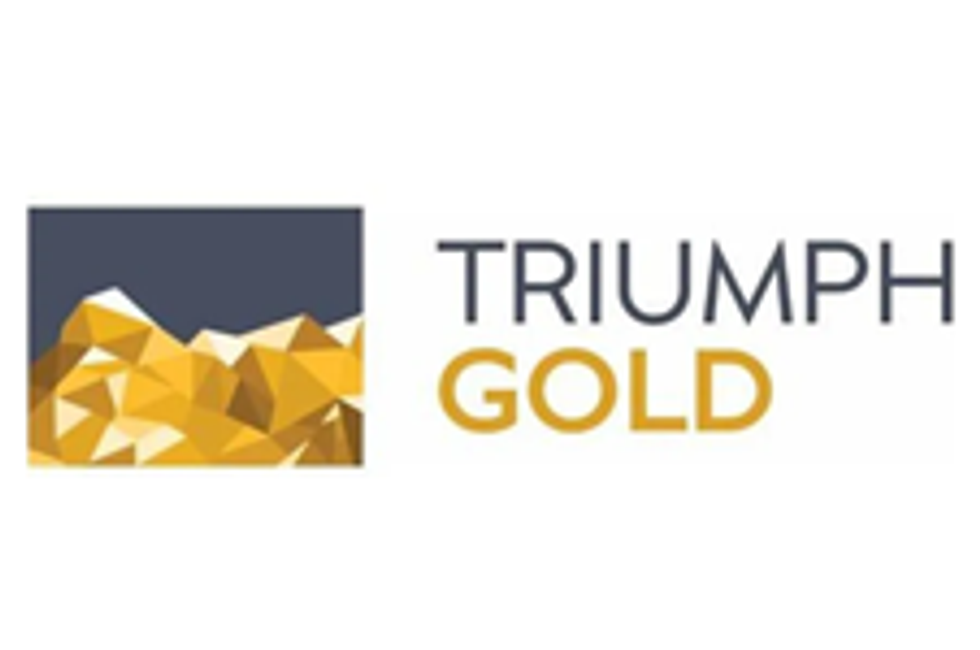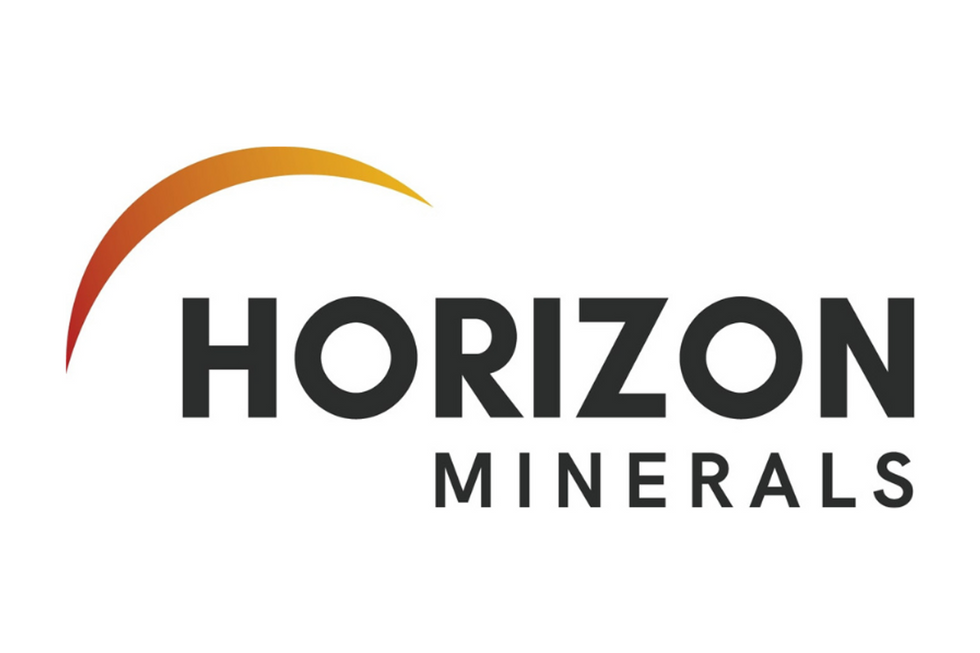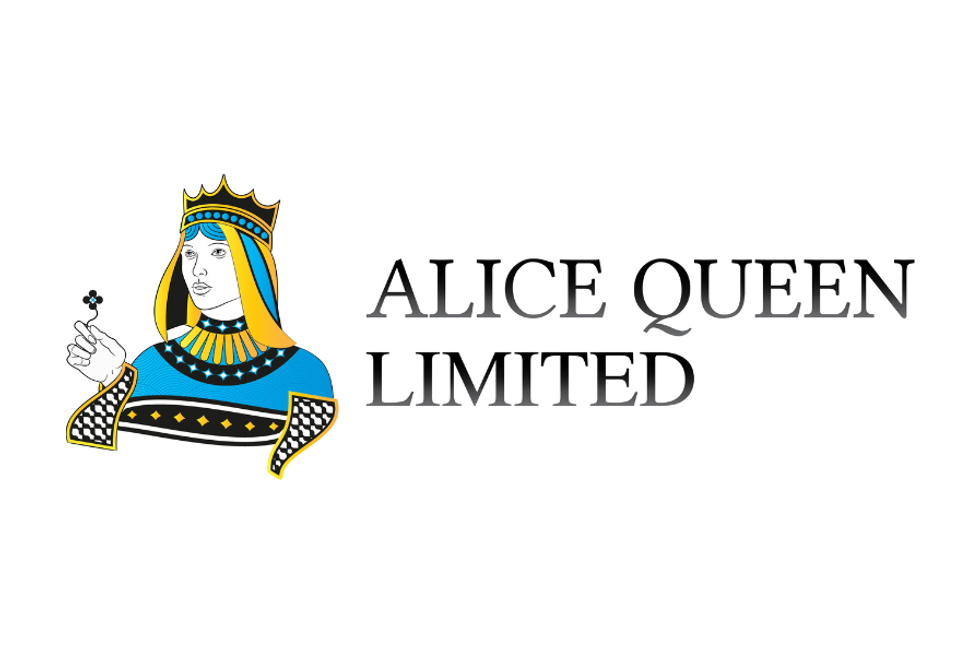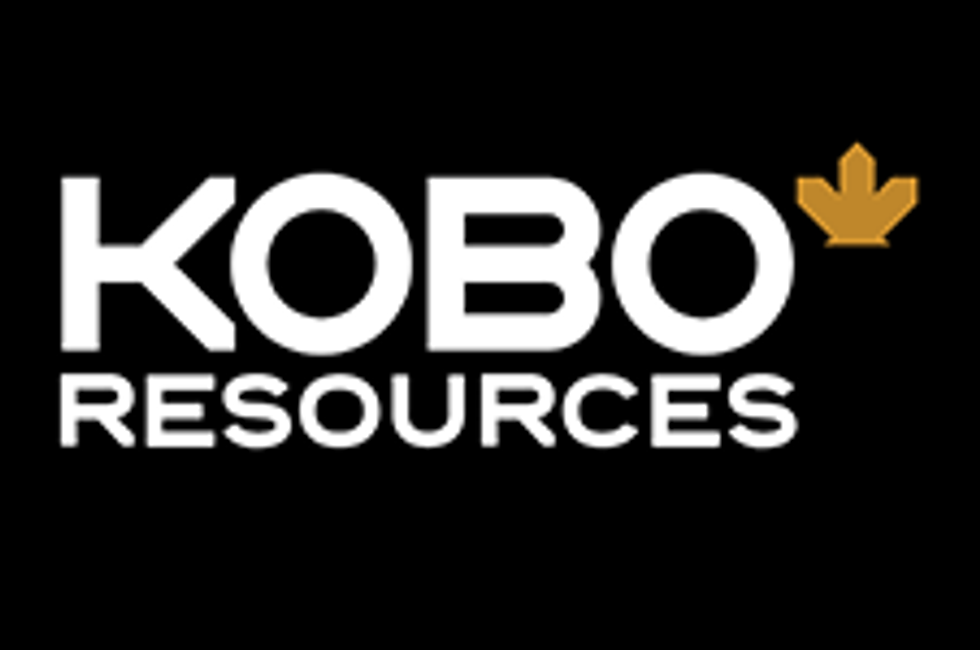Portfolio Manager Greg Orrell: ‘My Belief in Gold Has Not Wavered’
Portfolio Manager Greg Orrell: ‘My Belief in Gold Has Not Wavered’ – The Gold Report (4/24/13) After the extreme volatility of gold in the last few weeks, OCM Gold Fund Manager Greg Orrell is more convinced than ever of the necessity of owning gold assets. In this interview with The Gold Report, Orrell lays out the rationale for buying these cheap gold stocks around the world, including California of all places.
Source: Peter Byrne of The Gold Report (4/24/13)
After the extreme volatility of gold in the last few weeks, OCM Gold Fund Manager Greg Orrell is more convinced than ever of the necessity of owning gold assets. In this interview with The Gold Report, Orrell lays out the rationale for buying these cheap gold stocks around the world, including California of all places.
The Gold Report: How has your bullish view on the gold sector evolved as a series of crises has jolted both the international stock market and the price of gold?
Greg Orrell: First off, my belief in gold as a monetary asset has not wavered. Japan basically admitted that it is bankrupt with its intention to aggressively debase its currency. Normally such actions would invoke, and may still, a race to the bottom as each country engages in economic warfare to deal with its debt issues. At this juncture the fear of global deflation among the G7 crowd remains its worst nightmare, especially as additional stimulus by the Federal Reserve is showing diminishing returns. With high debt levels in both the private and public sectors around the world, stimulating economic growth is proving elusive. These alarming events are setting the stage for the next leg up in the dollar gold price, in my opinion. The fiscal and monetary crisis is ongoing and underscores the necessity of owning gold assets.
Though agonizing, the past 18 months have been nothing more than a consolidation for gold from the September 2011 highs of $1,900/ounce ($1,900/oz). The recent decline in gold prices below $1,500/oz is not the end of the bull market in gold, despite the barrage of negative commentary by those wanting to dance on gold’s grave. The destruction of currencies is in full bloom, but it is not a straight line. The problem for many gold investors is that they can see the endgame. Gold prices rise in a straight line at the end of a monetary system, but we are not there yet. It takes some patience to hold the course while the establishment fights tooth and nail to keep the dollar system from failing.
TGR: The years 2009 and 2010 were better for gold stocks. Can you talk about how things changed after that and how investors can best respond to the precipitous drop in market value?
GO: A number of factors go into the poor performance of the gold shares over the past couple of years besides the gold price. We have seen investor rotation out of defensive posturing and then the gold miners ended up being their own worst enemy. Gold share investors became concerned, and rightfully so, with rising operating and capital costs, poor capital allocation and growing resource nationalization. This in turn made bullion exchange-traded fund (ETF) products more attractive and prompted a trend of shorting the miners versus long gold positions.
Let’s look at the world’s largest producer, Barrick Gold Corp. (ABX:TSX; ABX:NYSE). It incurred cost overruns at the Pascua-Lama project in Latin America. And it overpaid for a copper asset in Africa after spinning off its African gold assets a couple of years earlier. Each of these instances led to contraction of cash flow and net asset value multiples for the whole sector, and set a theme for the industry. At this point, the pendulum has swung too far, with the shares basically discounting everything that could go wrong and more. Therefore, if an investor is not in the gold sector, now is an opportune time to take advantage of the significant decline in share values as there are signs of positive change taking place within the sector.
TGR: Can you provide any insight as to why longer-term investors, and also new gold investors, should buy into the current gold market?
GO: The rationale for owning gold assets remains simple: global deterioration of sovereign credit and a growing need to debase currencies in order to meet future obligations, whether it’s here in the U.S., Europe or Japan. The policy of socializing risk with monetary and fiscal policy has destroyed the balance sheets of the Western world. We are in a phase of experimental central banking, which I believe is going to end badly due to the dislocations of capital it has caused through prolonged periods of negative rates.
In the event economic growth were to take hold, an unleashing of built up reserves in the system would set off inflation with a corresponding rise in rates. Just imagine the effect of a change in the direction of interest rates and the collateral damage that will create in the bond markets and the interest rate derivative markets after all of these years of managing a zero interest rate policy. The cost of funding the U.S. deficit will rise exponentially. More quantitative easing begets more quantitative easing. Investors need to have some type of asset to balance their portfolios. Policymakers who got us into this mess are unlikely to navigate us out of it. History tells us that only gold is a good place to be.
TGR: Is now a good time to be looking at the gold miners, including the juniors?
GO: Absolutely. With current sentiment negative on the miners, it is an incredible opportunity to buy gold shares and recapture lost value. A major problem for the mining industry is that its business model is flawed. Gold investors are not strictly interested in taking money from one hole in the ground and putting it in another. Investors want participation in cash flow through dividends and earnings leverage to higher gold prices along with the potential for increased shareholder value through discovery . Not paying dividends was great for management, geologists, engineers and everyone but the investor who was locked out of the cash flow.
Now falling share prices have put the onus on management to compete with the ETFs for investor dollars. A number of CEOs are being shown the door. Marginal projects are being shelved. Dividends are increasing. Management is beginning to understand that the needs of shareholders must be prioritized. Granted, the decline has been painful, but in my 30 years in the business, this is exactly what needed to happen.
TGR: Has the balance in your portfolio between bullion, large caps, mid caps, small caps, ETFs, royalties and cash changed over the last five years?
GO: Because production is cheap, we are weighting toward the large- and mid-cap producers. They are poised to recapture value as sentiment turns around in that space. The smaller, macro-cap exploration and development companies are bombed out, and a number of companies are trading where market cap per resource ounce is down to $10 or lower. Those companies are interesting as long as they have a balance sheet and they’re not diluting their shares to keep the lights on. Royalty companies have outperformed along with bullion over the last five years because of all the negative factors that I mentioned previously. But I’m not adding to the royalty companies right now because the operating companies offer better value.
TGR: You’re not adding to bullion?
GO: Not at this time. We’re keeping bullion around 5–6%. The miners, in my opinion, offer tremendous value at this point with gold reserves in the ground.
TGR: Who are some of the companies you think are attractive in the middle and small spaces?
GO: Endeavour Mining Corp. (EDV:TSX; EVR:ASX) is interesting right here. The share price has been washed out because it is a higher-cost producer, around $900/oz. Its market cap is down to under $400 million ($400M) with 300,000 oz (300 Koz) of annual production in West Africa, but is slated to grow to 450 Koz over the next couple of years. That’s a 50% increase. Endeavour is driving expansion mostly from internally generated cash flow.
Esperanza Resources Corp. (EPZ:TSX.V) is cashed up with over $70M and with experienced management is developing a couple of attractive heap-leach projects in Mexico. One project can put up 35 Koz/year and another one can do 110 Koz/year. Pan American Silver Corp. (PAA:TSX; PAAS:NASDAQ) is a major shareholder. Esperanza could be an early day Alamos Gold Inc. (AGI:TSX).
Avala Resources Ltd. (AVZ:TSX.V), 50% owned by Dundee Precious Metals Inc. (DPM:TSX), is trading down at dirt prices. The company has an entire Carlin-style belt tied up in Serbia where it has outlined close to 3 million ounces (3 Moz) so far. The company’s market cap is $12–15M, with $9M in the bank; it’s not a bad option—the market will appreciate the optionality value on the company’s assets at some point.
TGR: Are you a fan of the royalty model?
GO: I am a fan of royalty companies. The revenue comes right off the top so royalty holders have no exposure to increases in costs and typically have exposure to increases in reserves. Royalty companies often acquire the royalties from the original property owners. Another form of royalty is the creation of a gold or silver stream: the royalty firm helps to finance the project and receives gold or silver in return. We have seen a pick up of companies selling either net smelter royalties or streaming deals on projects as a way to finance in a marketplace where equity capital has become expensive.
TGR: Are there any royalty companies that people should be looking at?
GO: We own a couple of the big ones in our portfolio— Royal Gold Inc. (RGLD:NASDAQ; RGL:TSX) and Franco-Nevada Corp. (FNV:TSX; FNV:NYSE). We also own Silver Wheaton Corp. (SLW:TSX; SLW:NYSE).Sandstorm Gold Ltd. (SSL:TSX) is the up and coming player in the royalty space. It’s a highly competitive business. Recently a number of junior companies have cobbled together questionable projects that most likely won’t come into production in order to claim that they are royalty companies. Franco, Royal and Silver Wheaton have committed significant dollars to individual projects of late, which increases their risk profiles. However, with the diversification of their asset bases at this point, it should not be a problem with all three positioned to grow revenues substantially over the next three years. So overall I do like the royalty model.
TGR: What is your take on pure-play gold producers?
GO: I prefer pure-play gold producers, but those deposits are hard to find. Randgold Resources Ltd. (GOLD:NASDAQ; RRS:LSE) is a good example of a pure gold play, as are a number of other intermediates and juniors. But often base metals accompany gold. All of the major gold producers produce copper: Goldcorp Inc. (G:TSX; GG:NYSE), Newmont Mining Corp. (NEM:NYSE), Yamana Gold Inc. (YRI:TSX; AUY:NYSE; YAU:LSE), New Gold Inc. (NGD:TSX; NGD:NYSE.MKT) and Barrick. Production has been shelved in many big copper-gold porphyry deposits because it is so capital intensive. Consequently, we are more likely to see the smaller, pure gold projects go forward.
In the past, the majors looked for big projects because they did not want to operate the smaller mines. Now they are focusing on grade and smaller projects that won’t blow up the company. It may be smarter to take on 10 projects producing 150 Koz than to try and capitalize one project capable of producing 1.5 Moz.
TGR: Do any particular firms come to mind in that area?
GO: Gold Fields Ltd. (GFI:NYSE) out of South Africa says it is going to focus on smaller projects, around 150–200 Koz. I’ve heard the same thing from Newmont. Management is not going to be punished for making a small acquisition versus a buy of $5 billion. The big buy days are not likely to return any time soon. Managements’ excuse that it was difficult to manage multiple smaller assets rather than a couple of large ones has been cast aside as the large projects have shown to expose companies to too much risk.
TGR: We both live in California where there’s a history of gold mining, but current public awareness is limited. What the story?
GO: There is gold in the Mother Lode Belt in Northern California, in Imperial County in Southern California and in Siskiyou County in far Northern California. The unemployment rate in those areas is pretty high, so the residents are open to mining’s economic benefits. It is the outsiders who are up in arms about mining. Regulations have been put in place by a very staunch environmental crowd in California, but it’s no different than what we see around the world where local residents are in favor of a mine because of its economic benefits, only to have the professional environmentalists come in and oppose the project.
TGR: What junior gold miners in California are worthwhile?
GO: One project that has the potential to turn mining around in California is the Sutter Gold Mining Inc. (SGM:TSX.V; OTCQX:SGMNF) start up of the Lincoln mine on the Mother Lode Belt in Amador County. It’s a high-grade, underground mine that’s financed by its 50% shareholder, the Rand Merchant Bank. The first 150–200 feet (150–200 ft) of that deposit is going to pay back the capital cost of building and developing the mine. The mines on either side of it historically produced down to 4,000 ft. Production will start off relatively low at about 22 Koz/year. But there are significant growth opportunities at the Lincoln mine and along the Mother Lode Belt for Sutter to exploit once it has established itself. I am very excited about its prospects.
TGR: How do the California companies stack up against Nevada-based mining companies?
GO: Atna Resources Ltd. (ATN:TSX) has a heap-leach mine down in Southern California that has been going for quite some time. New Gold has the old Mesquite mine, which is a heap-leach mine near the border of Mexico. But California has hardly any mining activity, or even exploration activity. So I would say it doesn’t stack up at this point.
TGR: Is that primarily because of environmental regulations or the political climate or the availability of gold?
GO: The perceived difficult environmental and permitting climate in California has been a deterrent. If a company wants to do open-pit mining in California, it must be prepared to backfill the pit. That is not required in most places.
TGR: How expensive is it to backfill?
GO: Handling waste material can be quite expensive. So the real California-based opportunity is underground mining in the Mother Lode Belt and that also is where the higher-grade ore is.
TGR: Maybe we’ll see a replay of 1849.
GO: We’re not going to see a replay of 1849. What we’ll see is a replay of the underground mines of between 1900 and 1940. Some of those were just great mines and were the blue chip companies of their day. The gold is still there.
TGR: Thank you, Greg.
Greg Orrell is the portfolio manager of the OCM Gold Fund. He is also president of Orrell Capital Management, the investment adviser to the fund. Orrell has over 28 years of experience in the gold sector as a retail and institutional broker, investment banker and portfolio manager.
Want to read more Gold Report interviews like this? Sign up for our free e-newsletter, and you’ll learn when new articles have been published. To see a list of recent interviews with industry analysts and commentators, visit our Streetwise Interviews page.
DISCLOSURE:
1) Peter Byrne conducted this interview for The Gold Report and provides services to The Gold Report as an independent contractor. He or his family own shares of the following companies mentioned in this interview: None.
2) The following companies mentioned in the interview are sponsors of The Gold Report: Royal Gold Inc., Franco-Nevada Corp. and Goldcorp Inc. Streetwise Reports does not accept stock in exchange for its services or as sponsorship payment.
3) Greg Orrell: I or my family own shares of the following companies mentioned in this interview: Endeavour Mining Corp., Avala Resources Ltd., Esperanza Resources Corp., Newmont Mining Corp., New Gold Inc., Sutter Gold Inc., Randgold Resources Ltd., Royal Gold Inc., Silver Wheaton, Barrick Gold Corp. and Gold Fields Ltd., all owned through holdings in the OCM Gold Fund. I personally am or my family is paid by the following companies mentioned in this interview: None. My company has a financial relationship with the following companies mentioned in this interview: None. I was not paid by Streetwise Reports for participating in this interview. Comments and opinions expressed are my own comments and opinions. I had the opportunity to review the interview for accuracy as of the date of the interview and am responsible for the content of the interview.
4) Interviews are edited for clarity. Streetwise Reports does not make editorial comments or change experts’ statements without their consent.
5) The interview does not constitute investment advice. Each reader is encouraged to consult with his or her individual financial professional and any action a reader takes as a result of information presented here is his or her own responsibility. By opening this page, each reader accepts and agrees to Streetwise Reports’ terms of use and full legal disclaimer.
6) From time to time, Streetwise Reports LLC and its directors, officers, employees or members of their families, as well as persons interviewed for articles and interviews on the site, may have a long or short position in securities mentioned and may make purchases and/or sales of those securities in the open market or otherwise.





